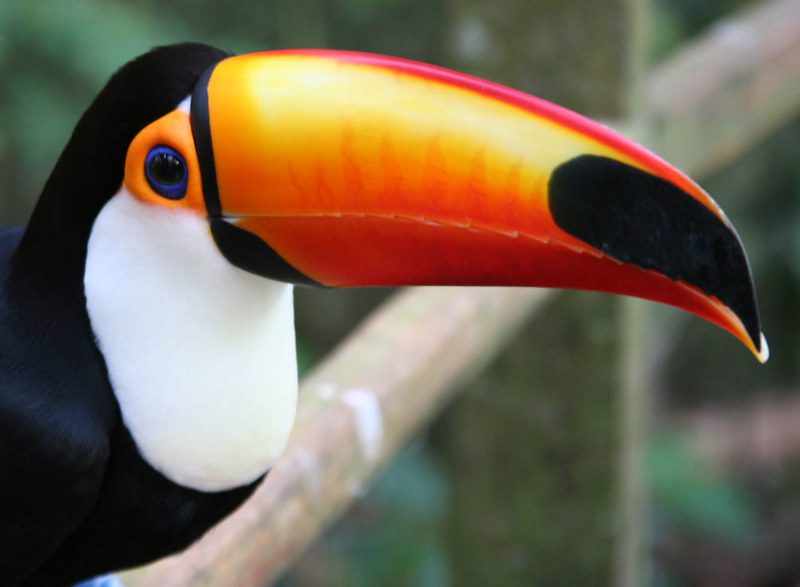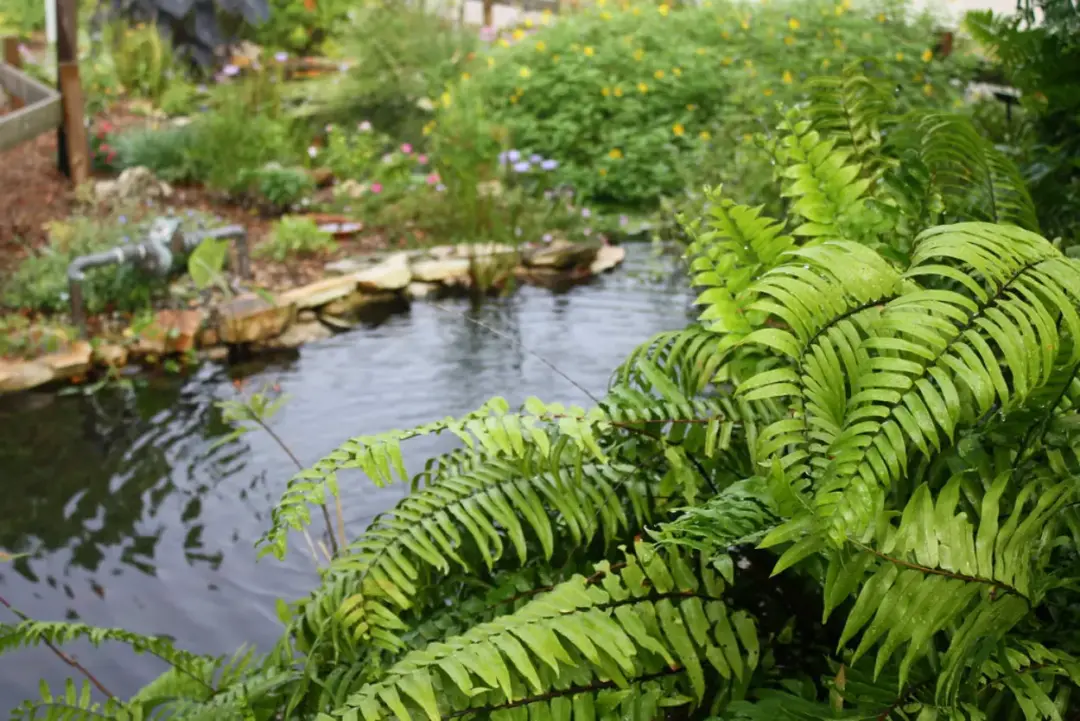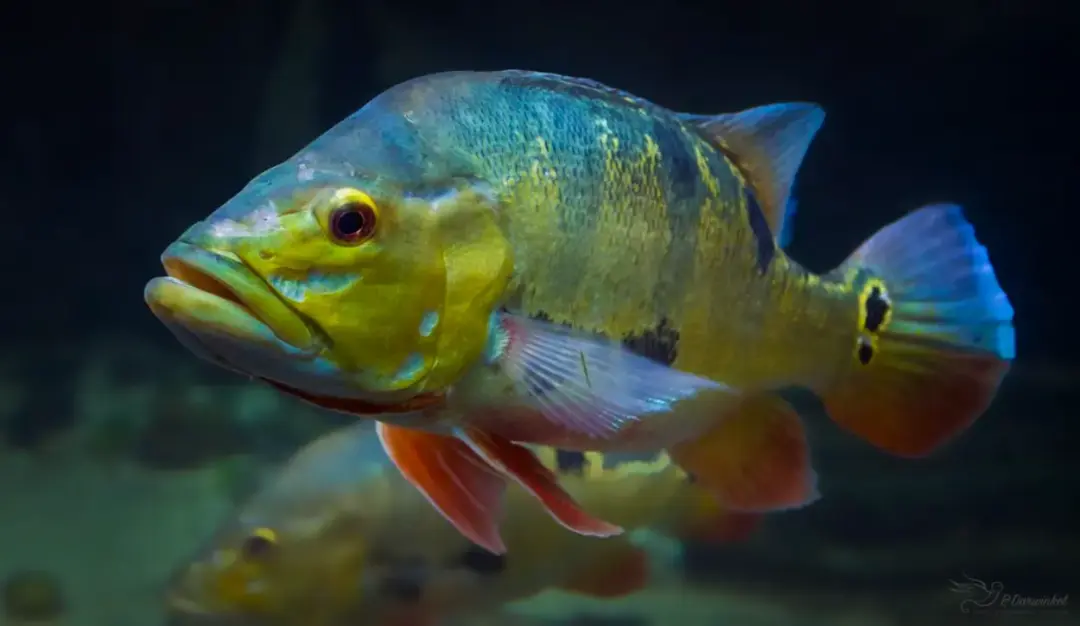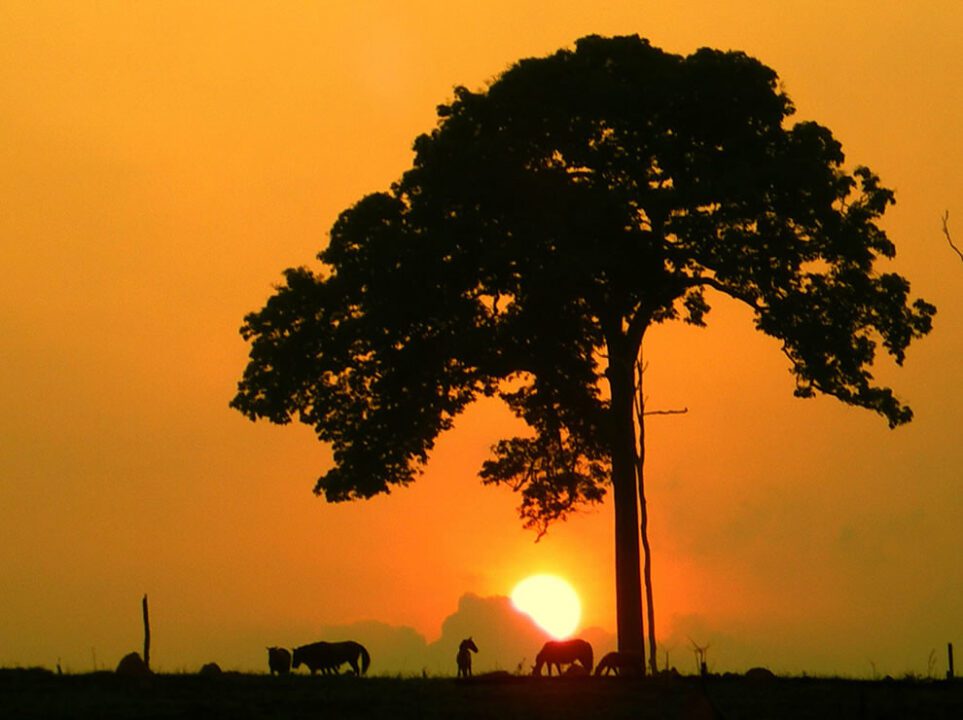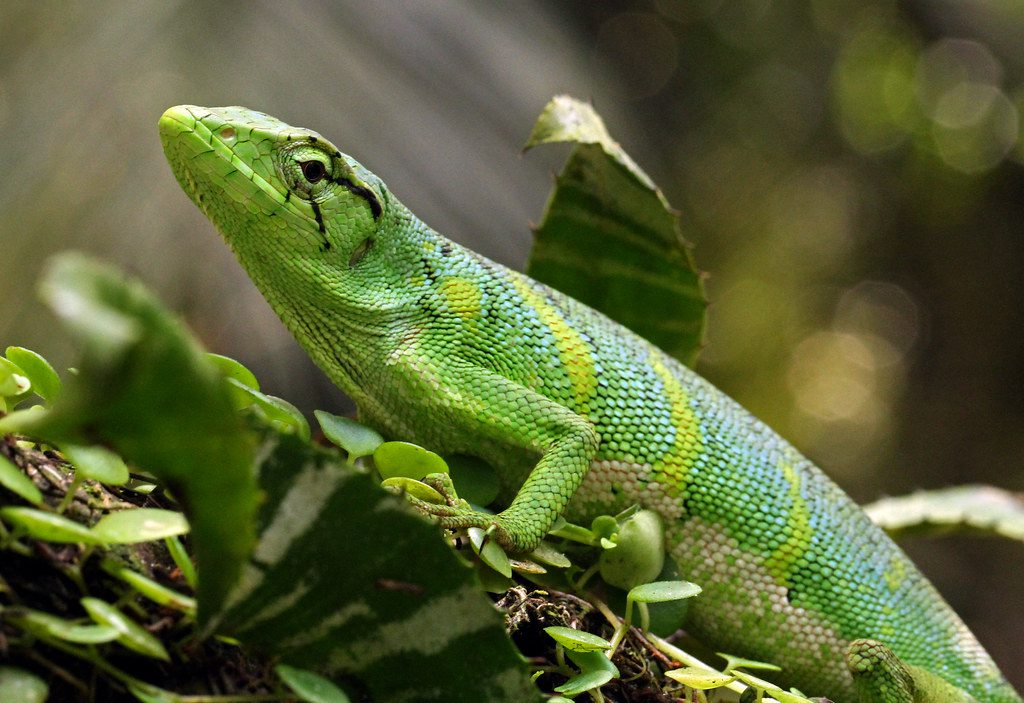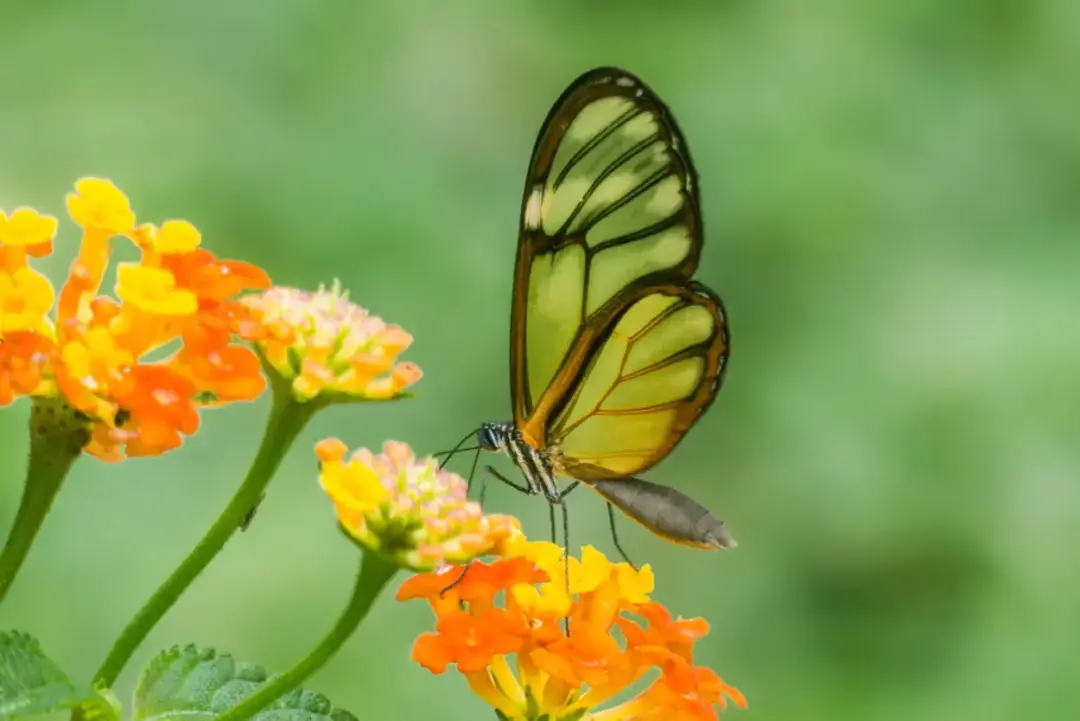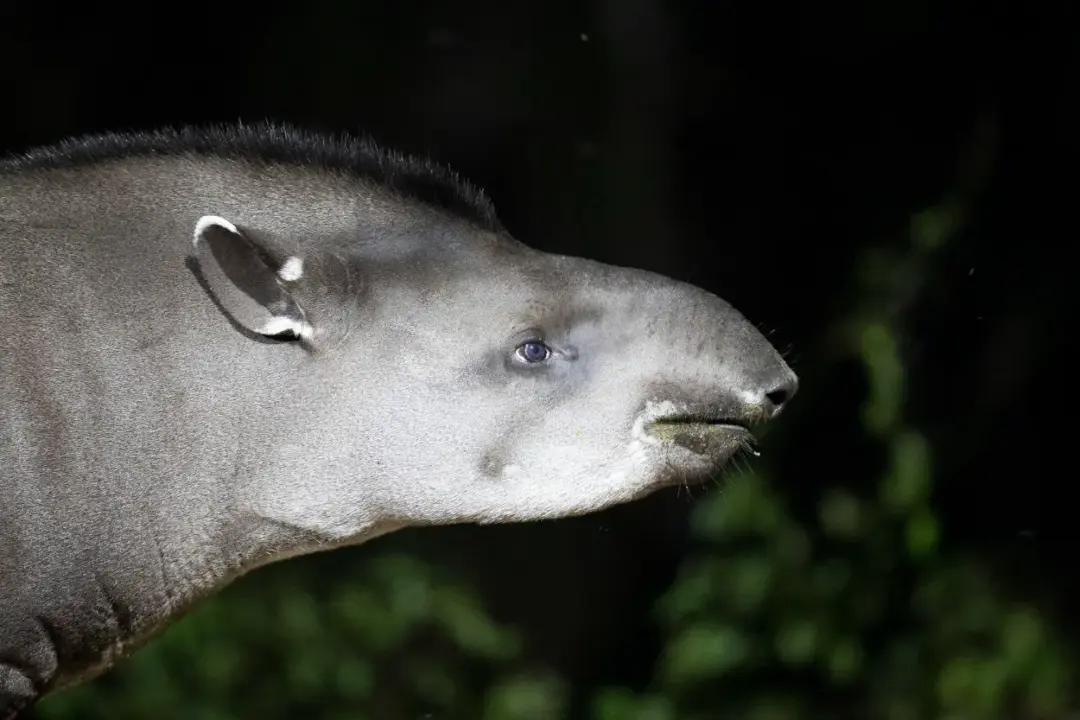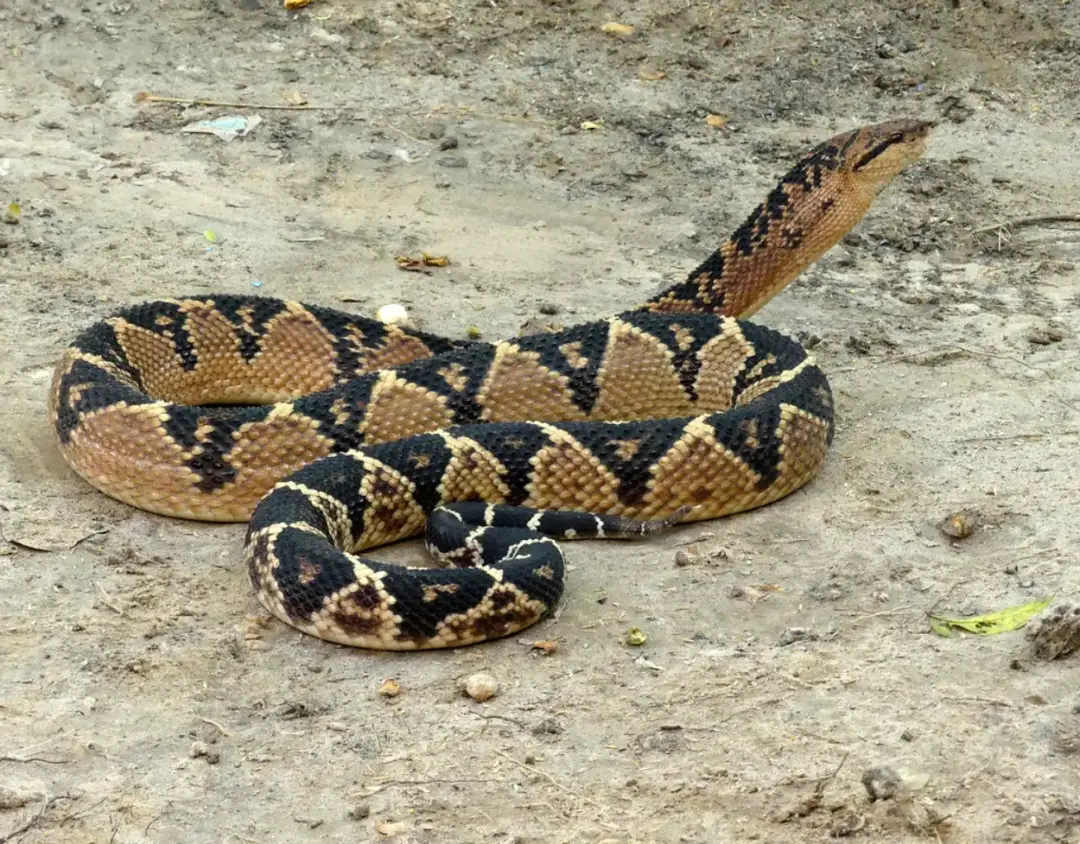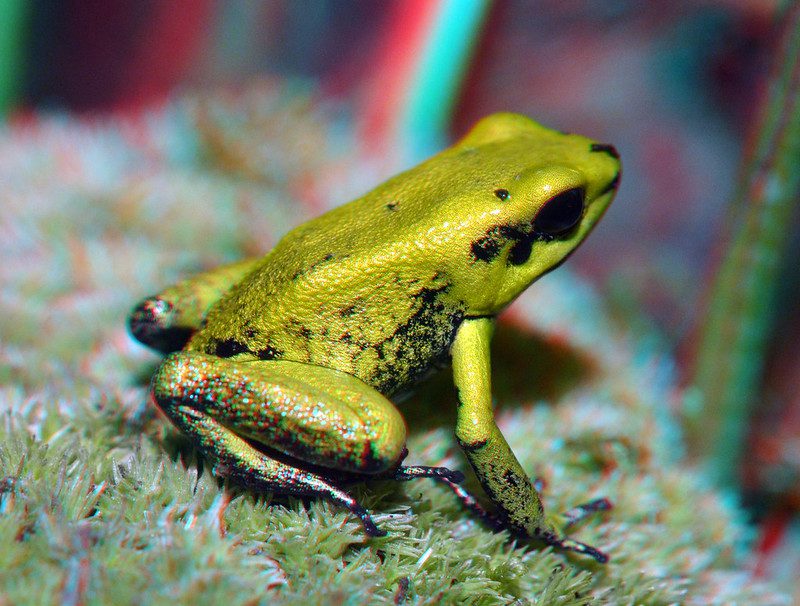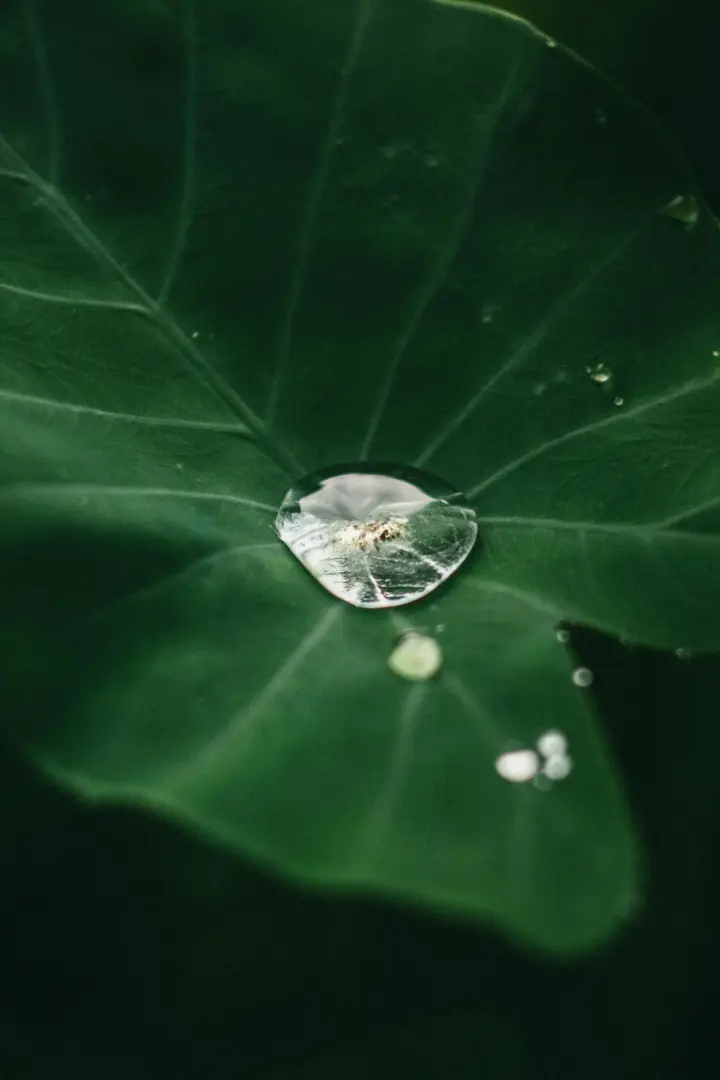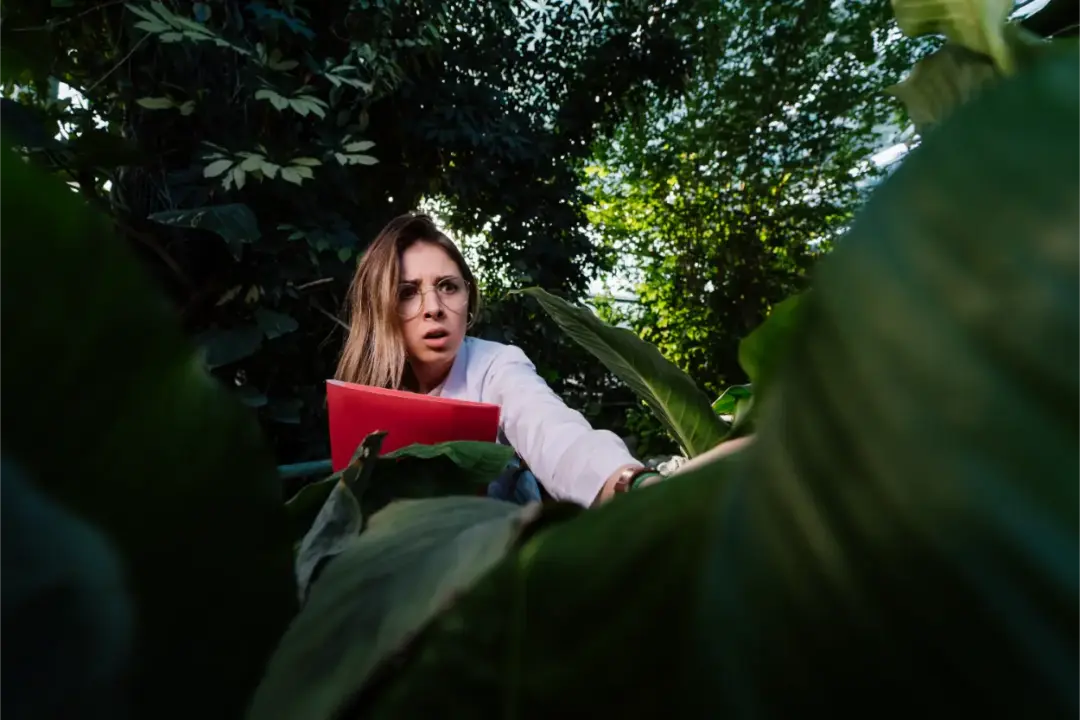When we think about the wonders of the Amazon rainforest, the flowers often remain in the shadows of its iconic wildlife. However, understanding the remarkable beauty and ecological significance of Amazon rainforest flowers is essential, given that they play a crucial role in the ecosystem. In this article, we will explore fascinating facts about the Amazon rainforest flowers, their vibrant diversity, ecological roles, and conservation needs.
Diversity of Amazon Rainforest Flowers
The Amazon rainforest boasts a staggering variety of flowers, with over 40,000 species identified. This rich biodiversity contributes to the vibrant tapestry of life within the rainforest, enchanting visitors and scientists alike. Amazon flowers come in a multitude of shapes, colors, and sizes, from the iconic passionflower to the giant water lily, whose leaves can span over 6 feet in diameter!
These flowers not only beautify the landscape but also engage in a complex web of interactions with the fauna that inhabit the rainforest. For instance, many species of orchids, such as the Catasetum and Oncidium, have developed intricate relationships with specific pollinators, ensuring their survival and propagation. These ecological interactions form vital partnerships that sustain the entire ecosystem.
Ecological Importance of Amazon Rainforest Flowers
Flowers play an essential role in the Amazon’s ecosystem, providing vital resources for various creatures. Approximately 80% of flowering plants in the rainforest are pollinated by insects, birds, and bats. The striking shapes and colors of Amazon flowers attract these pollinators, facilitating not only their reproduction but also that of numerous animal species that rely on plants for survival.
Moreover, the interdependence between Amazon flowers and their pollinators highlights the fragility of this ecosystem. The decline of flower species due to threats such as deforestation and climate change could disrupt these relationships, leading to a ripple effect throughout the food chain. Protecting these flowers means protecting the intricate network of life they support.
Unique and Unusual Amazon Rainforest Flowers
Among the many unique flowers found in the Amazon rainforest, the Corpse Flower stands out. Renowned for its enormous size and foul odor, the corpse flower attracts carrion beetles, which are drawn to its putrid scent, mimicking that of decaying flesh. This unusual adaptation serves a critical role in its reproduction, showcasing nature’s fascinating ability to innovate and adapt.

Additionally, the Victoria Amazonica, the world’s largest water lily, is a sight to behold. Its pads can support substantial weight, and flowers bloom only at night, releasing a sweet fragrance that attracts specific beetle species for pollination. Such unique traits highlight the extraordinary adaptations that Amazon flowers have developed in their quest for survival in this complex ecosystem.
Conservation Challenges for Amazon Rainforest Flowers
Despite their beauty and ecological importance, Amazon rainforest flowers face numerous threats. Deforestation, driven by agriculture and logging, directly impacts their habitat, leading to a decline in species diversity. Furthermore, climate change alters rainfall patterns, potentially affecting the flowering cycles of many plants.
To protect these enchanting flowers, it is vital to promote sustainable practices that preserve their natural habitat. This includes advocating for conservation initiatives that focus on restoring degraded areas and raising awareness about the importance of preserving biodiversity. Every effort counts in ensuring the survival of these remarkable floral wonders.
Promoting Awareness About Amazon Rainforest Flowers
Educating the public about the significance of Amazon rainforest flowers fosters a greater appreciation for their role in maintaining ecological balance. By highlighting their beauty and unique adaptations, we can inspire individuals to advocate for their preservation. Ecotourism serves as a powerful tool to promote conservation while allowing communities to benefit from their natural heritage.

Creating more engaging platforms can help reshape perceptions of these essential plants. By showcasing not just their beauty but also their indispensable roles, we can cultivate a generation of nature advocates dedicated to preserving the Amazon and all its floral treasures. 🌸🌿
Conclusion
In conclusion, the Amazon rainforest flowers represent a vibrant and integral part of this complex ecosystem. Their diversity, ecological roles, and unique adaptations shine a light on the wonders of nature. By recognizing their importance and confronting the challenges they face, we take vital steps toward preserving the enchanting beauty of the Amazon rainforest for generations to come. Let’s promote awareness and conservation efforts to ensure these floral treasures continue to bloom in the heart of the rainforest. 🌺🌎
“`
